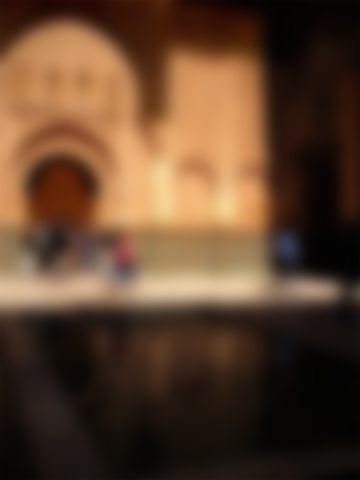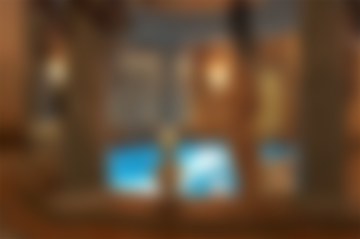Marrakech is one of the authentic Moroccan cities known as the Red City. Its landmarks and tourist attractions have many distinctive features that attract visitors from all over the world throughout the year. The red city contains landmarks that range from souks, squares, to historical site.
Today, I will take you on an exciting tour to discover 5 of the most prominent places in Marrakech that will make your visit memorable.
1- Jamaa El-Fna Square
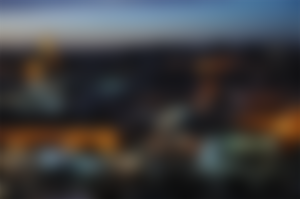
This square is one of the most important distinctive historical sites that Marrakesh is famous for. It is a large square that serves as the beating heart of the Red City of Marrakech.
Locals delight in telling tourists that its name means ‘assembly of the dead, which could derive from the fact that public executions were likely held here in the past. The square was added to the UNESCO list as a ‘Masterpiece of World Heritage’ in 2001 due to the extent of the square’s history as it dates back to the the fifth century AH, between 1070 and 1071 CE, and this is when Marrakech was established as a city in the era of AL-Morabitin. At that time, the square was a large market, but the kings and sultans that ruled the city always used the square as a center to show off the city’s military forces before going to war. This made the square an important symbol of the city.
Jamaa El-fna is always famous for bringing urban legends and oral history to life nightly, and although the storytellers who once performed here have since given way to communal games, musical performers, and slapstick comedy acts. Amazigh musicians strike up the music and Gnaoua troupes sing while henna tattoo artists beckon to passersby, and water-sellers in fringed hats clang brass cups together, hoping to drive people to drink. This is a show you don’t want to miss.
2- Marrakech Souk/Market

Marrakech market is called Souk Semmarine, it is the largest local market in the city, and it was established several centuries ago. Inside the maze of shadowy alleys and passages dotted with pools of sunlight that make up the bazaars of Marrakech is a world brimming with multicolored carpets, silk kaftans, spices, antiques, lanterns, pottery and jewellery. The best way to approach the sensory overload of the souk of Marrakech is to take a breath and dive in.
Wandering the souks with a local guide is the best way to explore if you’re concerned about getting lost, especially if time is short. Make sure the guide is licensed. If exploring independently, a map is essential. Grab a paper map from your accommodation or print one from an online source. Alternatively, use GPS on your mobile devices. Most major streets have signs for their names. If road signs and landmarks, such as mosques and monuments, can’t easily be spotted, walk through busier areas until you find a sign or landmark. Or, walk until you are outside and can see the towering minaret of Koutoubia Mosque as a reference point.
3- Ibn Youssef School/Medersa

Ibn Yusuf school is an unparalleled architectural masterpiece and dates back to the era of the Merini dynasty in 747 AH | 1346 CE in the fourteenth century. Later, the reign of the Saadians enlarged and redecorated the building in 1570 and was considered the largest center for Islamic studies in North Africa.
The school features beautiful designs that combine Islamic, Spanish, and Roman architecture. In the heart of the school, you will find an open courtyard surrounded by a collection of beautiful domes. The Medersa was for more than four centuries a home for students in search of knowledge in various sciences, including theology. It had 132 rooms for non-Marrakesh students and could accommodate up to 900 students.
Some elements of the medersa are remarkably similar to the Alhambra Palace in Granada, indicating that Andalusian artists were probably brought from Spain to help build the school. But in 1960, it was transformed into a museum, and since then, it is one of the most popular tourist sites in Marrakech.
4- Marrakech Bath/Hammam
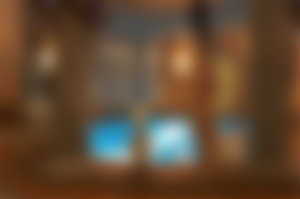
Similar to the Turkish bath, the Moroccan Hammam helps keep the skin smooth and fresh. The city of Marrakech has many public and private Hammams that offer great services. Moroccans visit the hammam not just to clean themselves, but to clear their minds, reconnect with loved ones and purify themselves before the important Friday prayers. The prophet Mohammed recommended the hammam for health, longevity and fertility, and it remains central to religious and cultural life in Morocco.
In a typical Hammam, you will find local skin and body care products, including the famous black soap that is made of olives. You can start your journey there by taking a refreshing bath that removes dead skin cells, and then reward yourself with a clay mask that restores your skin to its purity and clarity.
5- Majorelle Garden
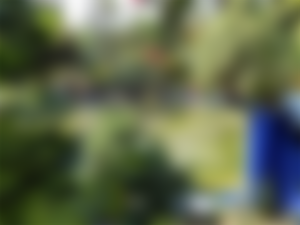
Majorelle Garden is one of the most beautiful gardens found in Marrakech. The garden was named after the French painter “Jacques Majorelle” because he was the one who built it, and it took him forty years of passion and dedication to create this enchanting garden in the heart of the “Ochre City”.
Yves Saint Laurent (Fashion designer) and Pierre Bergé(Writer) bought the Majorelle Garden in 1980 and saved it from falling victim to a real estate project and becoming a hotel complex. The new owners decided to live in the Villa Bou Saf Saf, which they renamed Villa Oasis, and undertook the restoration of the garden in order to make it the most beautiful garden in Marrakech.
Note:
Every word in this post is mine except the photos. You can find more posts like this on my blog: www.traveltomorocco.info.
Thank you for reading


